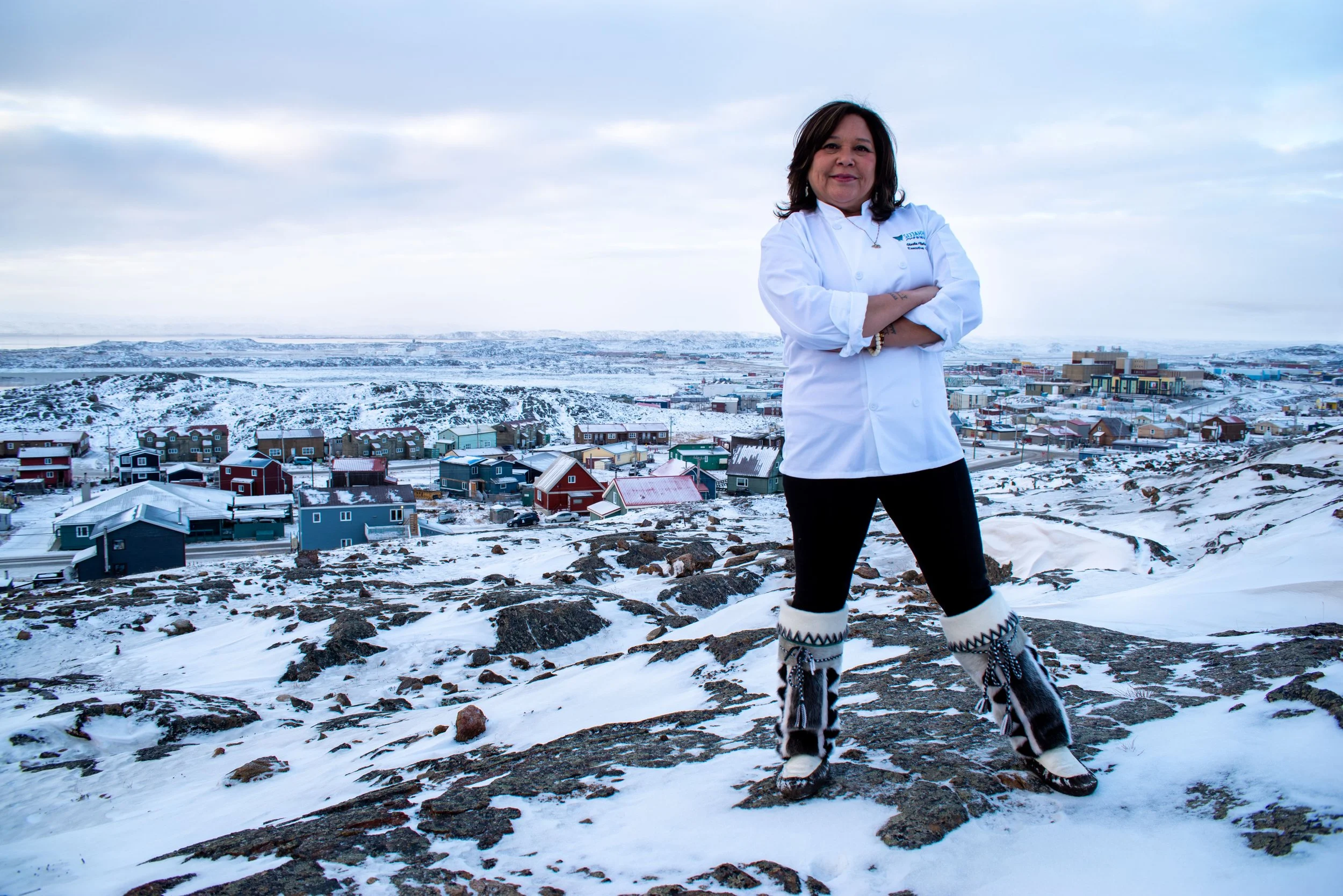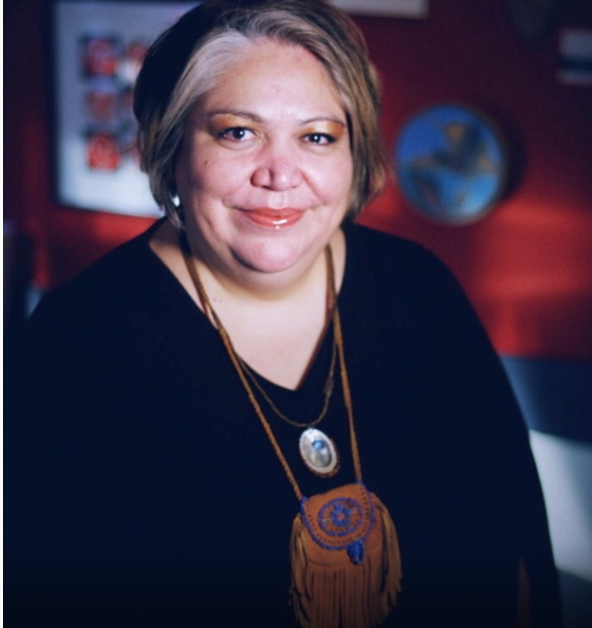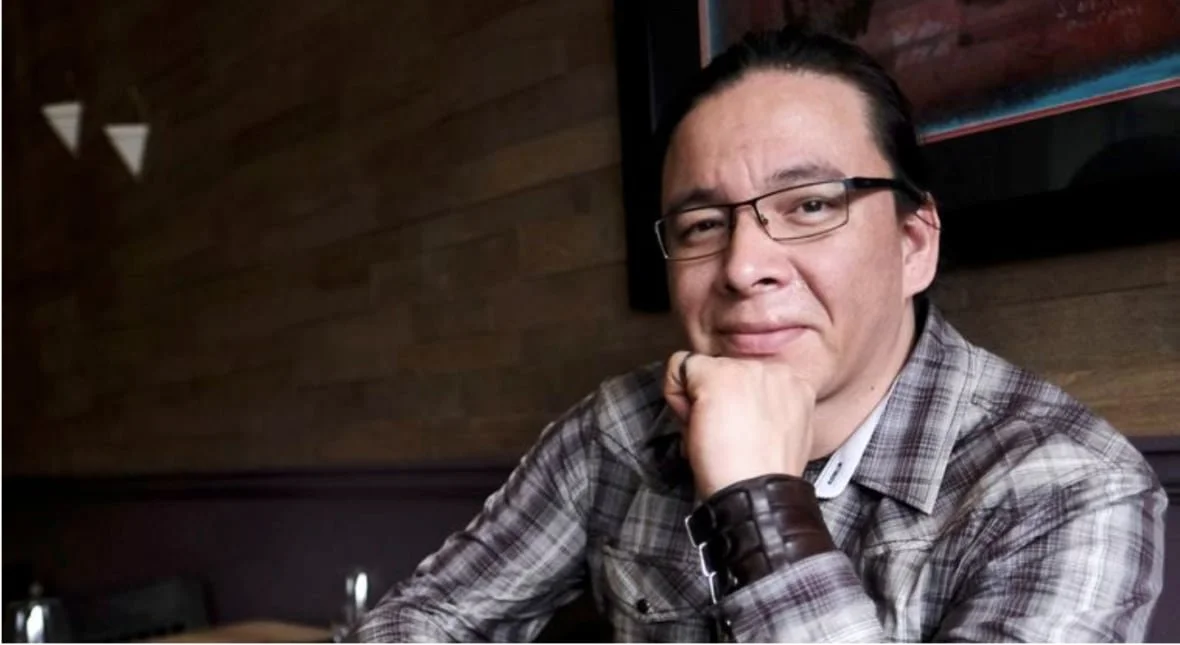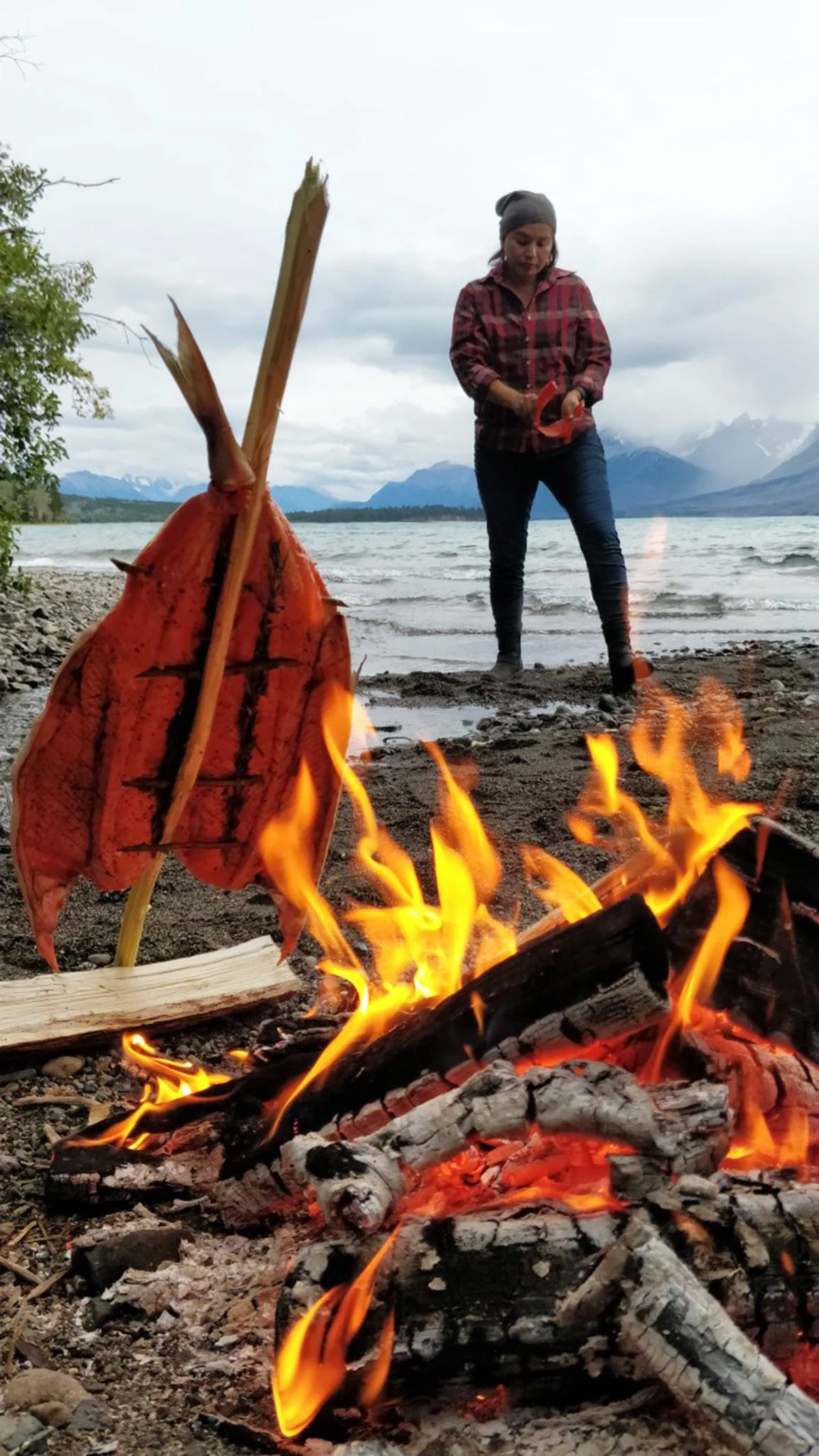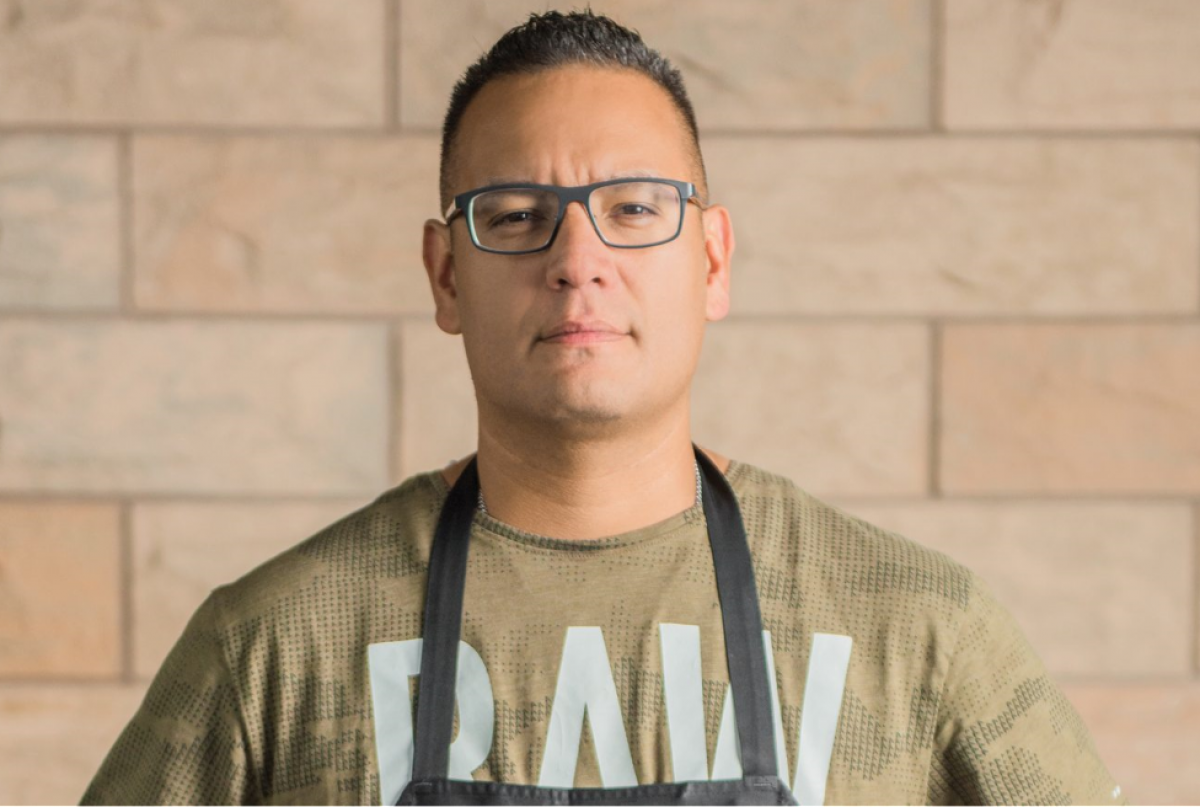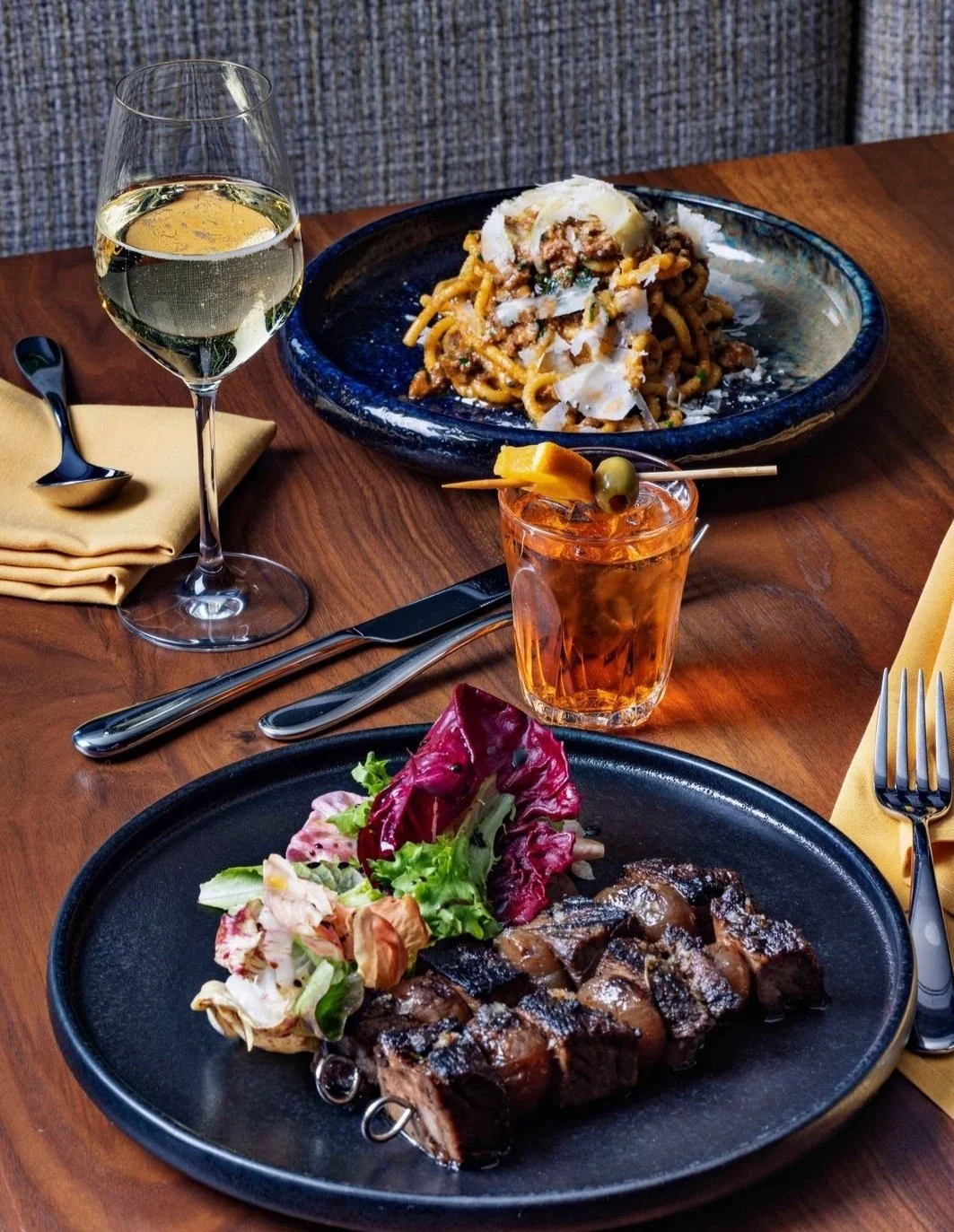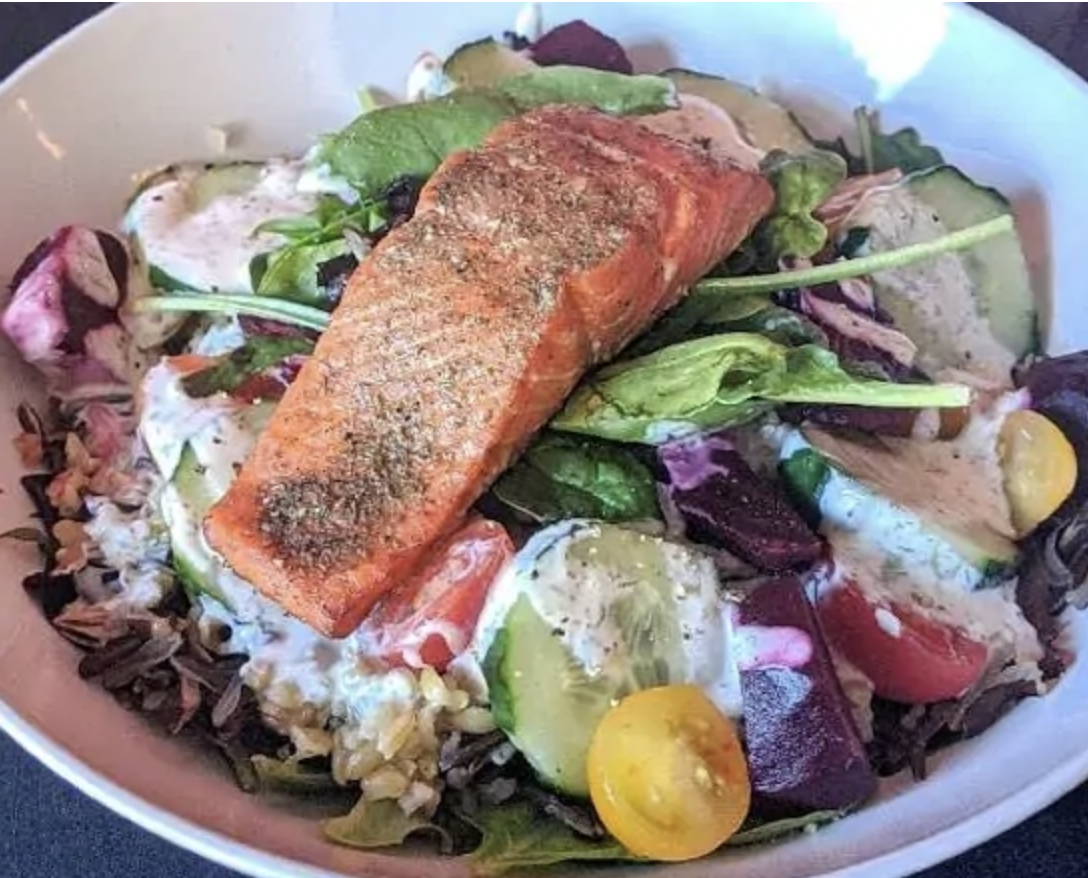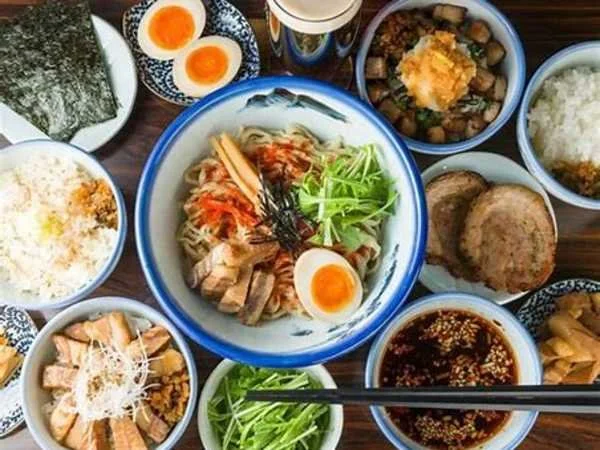Indigenous cuisine, culture on the table at Dine Out Vancouver Festival 2022
Salmon n’ Bannock hosts a groundbreaking new culinary series with leading First Nations chefs from across Canada
Inuk chef Sheila Flaherty. Photo by Frank Reardon
Dine Out Vancouver Festival takes place January 14 to 31. As part of the festival’s Vancouver World Chef Exchange, Salmon n’ Bannock presents Indigenous Culinary Dinner Series January 28, 29, 30, and 31.
DINE OUT VANCOUVER Festival’s Indigenous Culinary Dinner Series is unlike anything the 20th annual celebration of food and drink has ever seen. Inez Cook couldn’t be more thrilled.
Cook, a member of the Bella Coola-based Nuxalk Nation and a survivor of the Sixties Scoop, is the owner of Salmon n’ Bannock, the city’s only full-service Indigenous restaurant. And the inaugural Dine Out event focusing on Indigenous foods from across the country is her baby.
Hosted by Salmon n’ Bannock’s entirely Indigenous culinary team, the series is part of the fest’s Vancouver World Chef Exchange. It consists of four dinners, each one featuring a leading Indigenous chef from a different part of the country who will bring with them ingredients and techniques that reflect their respective traditions and territories. The food is just one component of the ambitious undertaking that has Cook so enthused. Another is the role that the event itself and Indigenous cuisine as a whole play in the resurgence, reclamation, and celebration of Indigenous culture.
“We have over 600 Nations in Canada,” Cook tells Stir by phone. “It isn’t just one culture, and it isn’t just one food. Bringing these flavours and cultures together is really something spectacular, and for us to be the hosts and to share our space is such an honour. It’s over-the-top exciting.”
Inez Cook. Photo by @kaascross
While Salmon n’ Bannock is marking its 12th anniversary this year, Cook says she noticed a shift following the discovery of unmarked children’s graves at a former B.C. residential school last year.
“I think after the 215 children were found in Kamloops—and the real number is about 7,000; it’s just not talked about—people kind of woke up,” Cook says. “It was shocking, the understanding that these kids were taken away and never went home. Many people were trying to understand the Indigenous story and seeking out more Indigenous businesses to connect with and support. Canadians are starting to understand Canada’s dark history. Maybe it was local travellers doing staycations, but more people started seeking us out to support us , and it really felt like the community was coming together. There’s much more local awareness of Indigenous culture. When people travel, they understand that different areas are famous for different foods or dishes. We’re introducing that to people here.”
The Indigenous Culinary Dinner Series’ total of four dinners featuring four chefs who will each make four dishes holds great significance. Four is a sacred number in many Indigenous cultures. Some medicine wheels hold four sacred directions—north, south, east, and west—representing the intellectual, spiritual, physical, and emotional bodies. Many Indigenous cultures honour four sacred plant medicines: tobacco, sweetgrass, sage, and cedar.
Odawa chef Joseph Shawana.
On January 28, Salmon n’ Bannock hosts chef Joseph Shawana, who is Odawa, part of the Three Fires Confederacy. Born and raised in Wikwemikong Unceded Indian Reserve located on Manitoulin Island in Ontario, he learned to cook at a young age from his mother and went on to attain classical French training. The former chef of the upscale Indigenous restaurant Kūkŭm Kitchen—which won the Best World Cuisine award in 2019—gained recognition for cooking with wild Indigenous ingredients such as fir tips, sweetgrass, and seal. The chair of ICAN, the Indigenous Culinary of Associated Nations, Shawana is a professor at Centennial College’s School of Hospitality, Tourism and Culinary Arts. On his Dine Out menu are cold-smoked salmon tartare with torched pine nuts, dried berries, and puffed wild-rice pemmican; evergreen sorbet with beetroot candied dust; pine-ash crusted venison loin with candied beets and roasted root vegetables; and sweetgrass creme brûlée with candy cap mushroom ice cream.
Algonquin Anishinaabe chef Marie-Cecile (Gezin) Nottaway. Photo by Black Rhino Creative.
Chef Marie-Cecile (Cezin) Nottaway joins the series on January 29. Algonquin Anishinaabe from Rapid Lake, Quebec, Nottaway recently retired her award-winning company, Wawatay Catering. She’s a board member of ICAN and has hosted episodes of the docuseries Red Chef Revival. She’ll be serving dishes such as pineh and wild rice consommé – “kokom style”, referring to her grandmother, who taught her how to cook; crispy nimehbin served with wild garlic aioli; roasted amik served with squash mash and caramelized onions; and pikoodinigan, a kind of maple toffee.
Enoch Cree chef Shane Chartrand.
West Coast albacore tuna with creamed corn, red onion petal horseradish chips, and greens and beet-cured salmon with chanterelles and Saskatoon sauce: these are among the dishes on the menu by Enoch Cree chef Shane Chartrand on January 30. He’s the author of tawâw: Progressive Indigenous Cuisine and executive chef of River Cree Resort & Casino. Chartrand, who learned to hunt and fish from his adoptive father and trained at Northern Alberta Institute of Technology, will also be serving bison striploin with celeriac cream and apple onion relish, and chocolate beet cake with haskap berries.
Indigenous Canada concludes on January 30 with Inuk chef Sheila Flaherty (pictured at top), founder of sijjakkut (“by the seashore”), a 100-percent Inuit-owned company that prides itself on the preservation and promotion of Inuit culture through inuksiutit (Inuit) menus. A former resident chef at the National Arts Centre, she is a hunter and harvester who was the first Inuk chef to appear on MasterChef Canada and is enrolled in the Nunavut Land Claims Agreement. Flaherty’s menu includes parmesan and caper crusted baked turbot and aqpik cheesecake. “If people think Indigenous cuisine is exotic, Inuit cuisine is next level,” Cook says. “This is a rare opportunity for diners here to experience a full Inuit meal.”
While some view the rise in Indigenous cuisine as having a role to play in reconciliation, Cook says it’s time to push further.
“I’m tired of reconciliation; I need reconcili-action. That’s the way to go now,” she says. “Waking up is the way to go. Reconciliation is such a personal thing. Whatever that means to you, go for it.”
Giovane Bacaro.
Dine Out celebrates 20 years with diverse lineup
Taking place January 14 to 31, Dine Out Vancouver Festival has more than 300 restaurants taking part this year, with set menus available at four price ranges: $20-$29, $30-$39, $40-$49, or $50-$59.
Among the spots we’re excited about: Alimentaria Mexicana, AnnaLena, Bar Gobo, Burdock & Co, Bufala, Boulevard Kitchen & Oyster Bar, Fable Diner, Giovane Bacaro, Gurkha Himalayan Kitchen, Gyoza Bar, Gyu- Kaku Japanese BBQ, Hawksworth Restaurant, Jamjar Canteen, Le Crocodile, Liuyishou Hot Pot Vancouver, the Mackenzie Room, Nuba, Paella Guys, Say Mercy! Smoke and Bones BBQ, Sula Indian Restaurant, Yokohama Teppanyaki Japanese Restaurant, Yuu Japanese Tapas, Zaatar w Zeit, and Zarak by Afghan Kitchen—to name just a few.
In addition to culinary experiences such as the Vancouver World Chef Exchange, there are scores of other unique events, from cooking classes to neighbourhood walking tours. The annual food truck festival, Street Food City is back, too.
The British Columbia Hospitality Foundation (BCHF) is the fest’s charitable recipient.
Tickets to Indigenous Culinary Dinner Series and other events as well as full details are at dineoutvancouver.com.
Pow Wow Power Salad, Salmon n’ Bannock.
Salmon n’ Bannock soars in new directions
There’s more exciting news for Salmon n’ Bannock: it’s opening a second location at Vancouver International Airport, Cook tells Stir.
Located in the international departures area beyond Duty Free in a food court right near Starbucks, Salmon n’ Bannock On the Fly will feature menu items that grew out of a pandemic pivot: dishes that the restaurant created for takeout via Uber Eats. The outlet will also carry its signature retail products—which are launching soon via Spud—such as Sage-Infused Blueberries, Sweetgrass-Infused Cherries; Smoked Salmon Mousse; Bannock in a Bag; Bannock Distant Cousin in a Bag (the gluten-free version); and Spicy Maple Dressing.
Cook is hoping the new spot will be open this spring.
For more information, see Salmon n' Bannock.


